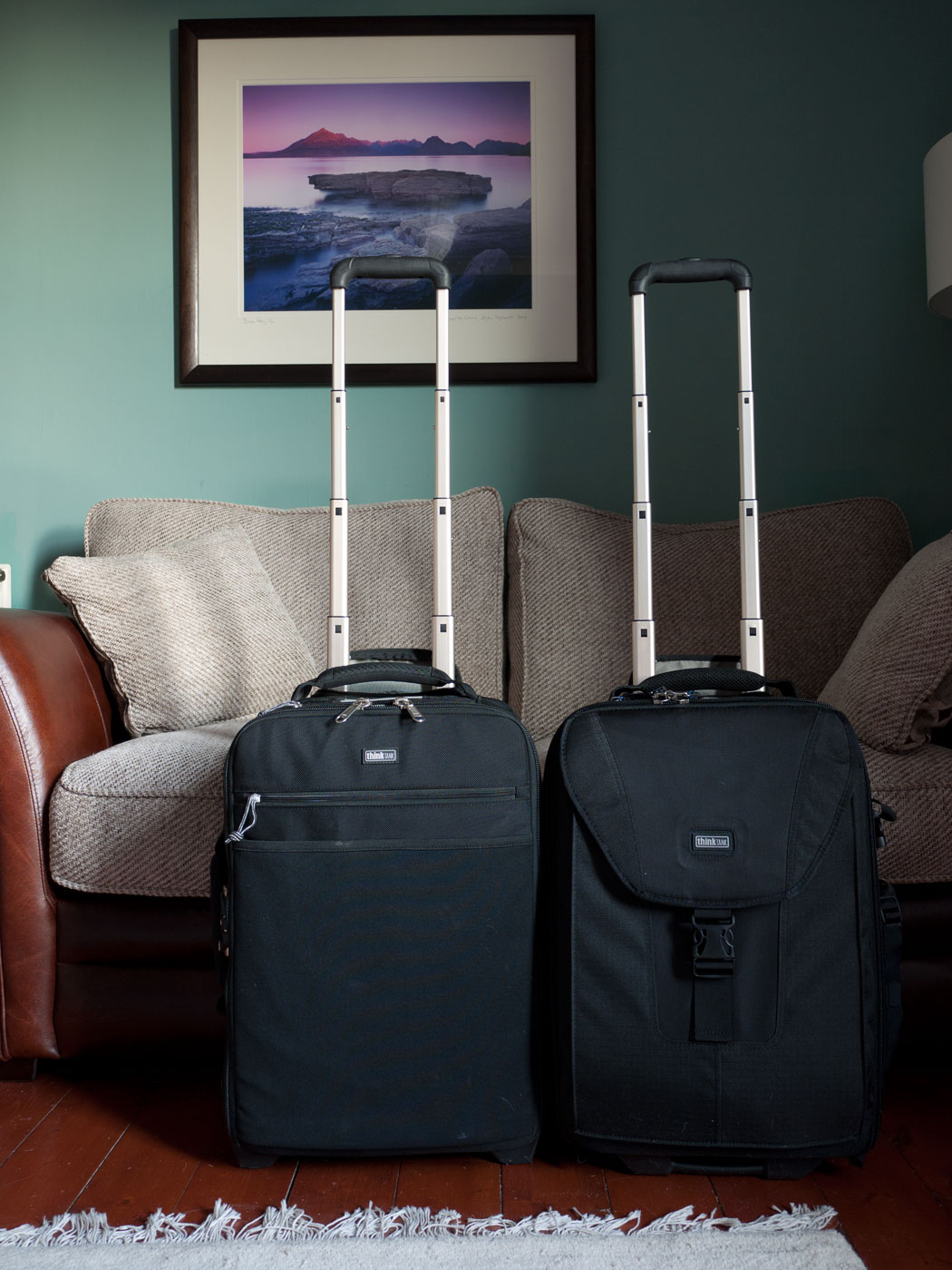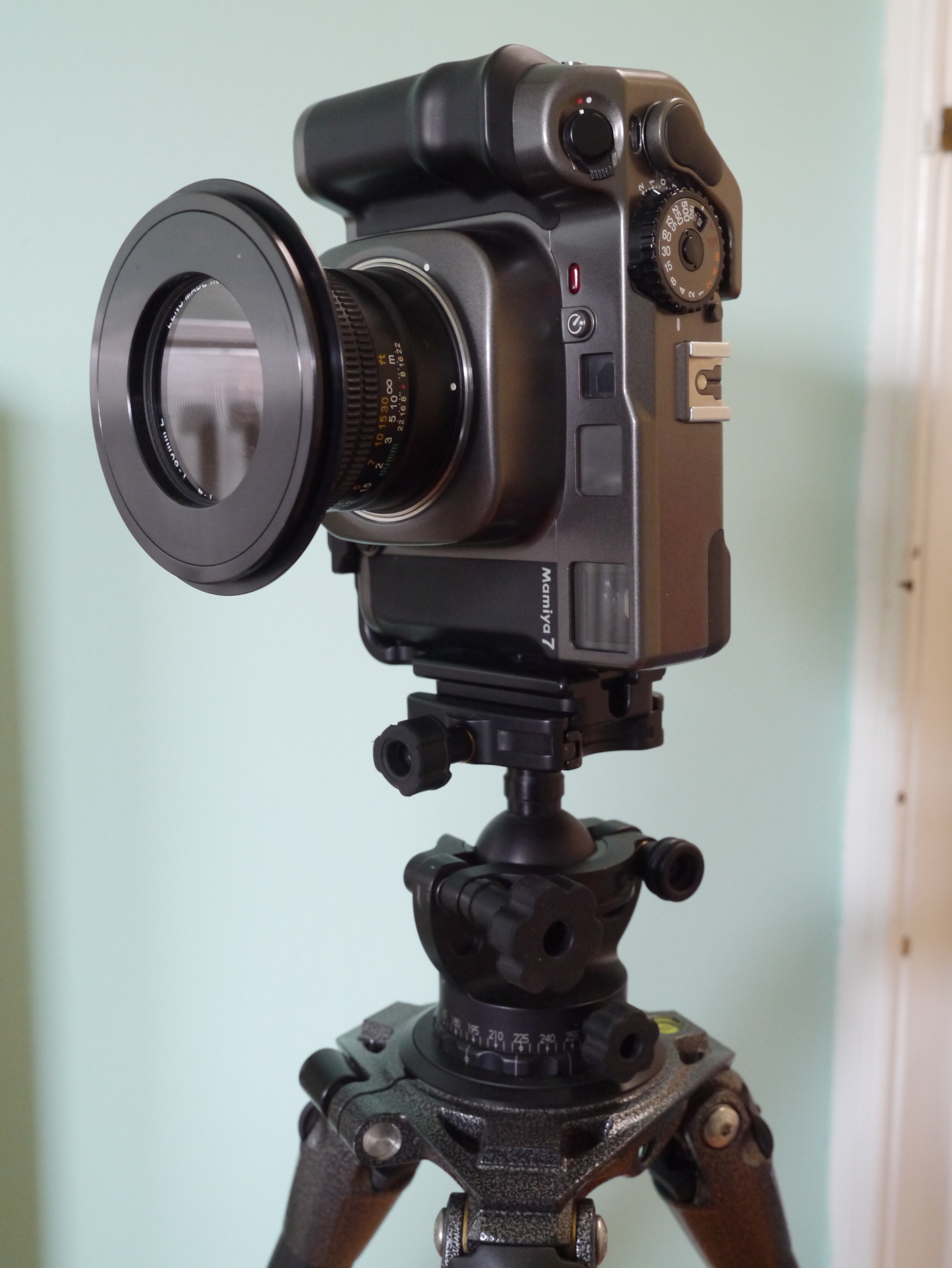Until the digital photography revolution, the concept of editing one's work was confined mainly to the traditional darkroom and the black and white photographer.
There came a time when the idea of touching an image in any way after clicking the shutter was deemed untruthful, or a lie. I really despised this period of photography because manipulation had always been integral to the making of images right from the birth of photography.
My personal dislike has always been the photography websites that claimed 'no manipulation or enhancement has been made to this work' because it propagated the notion that photography is real, and that it is truthful. It has never been real and it has never been truthful. It has always been an interpretation and a point of view.
But thankfully, things have been changing over the past decade for the better. To draw a contrast, years ago when I would talk for photography clubs, I used to find it very hard to answer the dreaded question of 'do you manipulate your work?', because it always felt that underneath the question was 'do you lie?', rather than commending the photographer for his skills at editing the work to move someone. These days when I'm asked that question, I now proudly say 'yes, of course, it's part of being a photographer'.
Things have also changed for the better, because just about everyone who has a digital camera that is serious about photography also has a photo editing application such as Light Room, Photoshop or Aperture for instance. It has become the norm now for people to edit their work and I'm pleased at the change in attitudes around us as to what is ok or not ok to do.
But one thing still troubles me is how we perceive the skills required in editing our work. We all know it takes years (and is a life long journey) to improve our field work, but I don't think we approach the darkroom editing work with the same attitude.
Becoming a master printer / darkroom editor, takes years and requires just as much skill as it does becoming a good photographer. In fact, it is 50% of being a good photographer.
Editing work shouldn't just be a case of 'moving sliders around until it looks good', it should contain the same amount of consideration that working on composition does.
That's why I wrote my e-Book The Digital Darkroom. Because I felt there should be some kind of guidance on how to interpret work and be able to look at an unedited photograph and see relationships, patterns or a message that can be brought out in the editing stage.
Similar to the notion that buying a great camera does not make us a great photographer, buying a copy of Lightroom and learning the application does not make us a great photo editor.
The art has always been in the act of 'seeing' while the skill has always been in the art of interpretation and I still feel we have a long way to go before we truly appreciate the skill and art involved in a really good edit.












